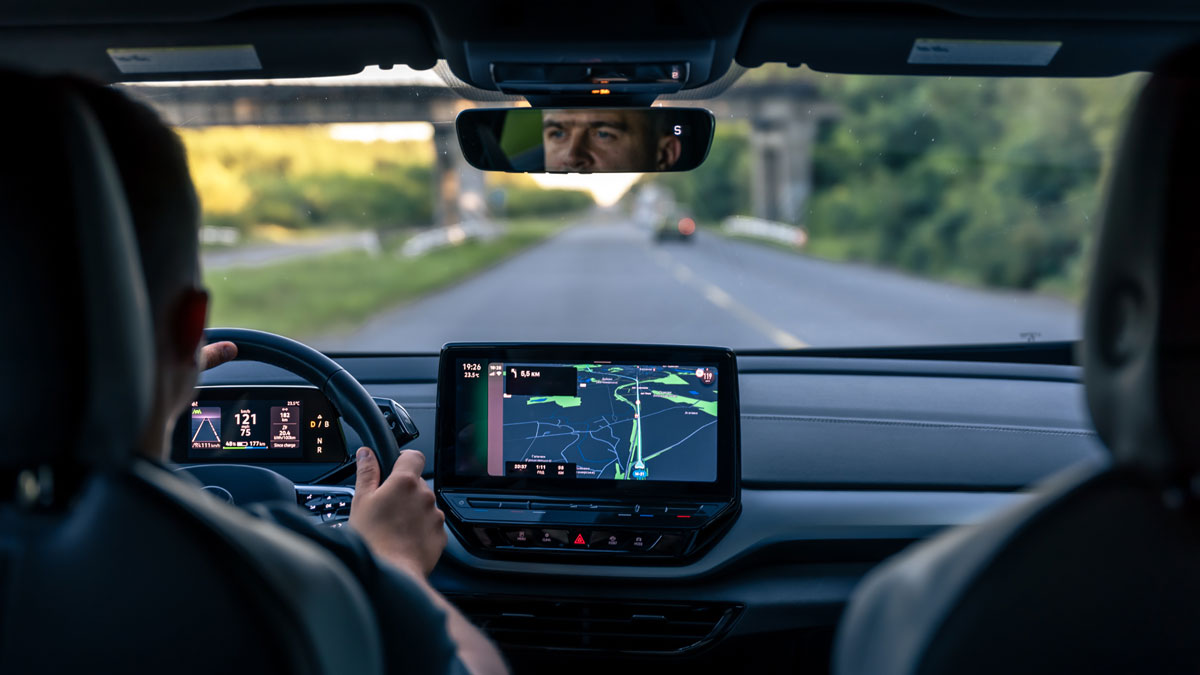In recent years, voice technology has dramatically transformed the way we communicate with the digital world. Virtual assistants, powered by artificial intelligence (AI) and natural language processing (NLP), have become an integral part of daily life. From smartphones and smart speakers to cars and home automation systems, voice assistants are revolutionizing how we interact with technology. In this article, we will explore how voice technology is changing the way we communicate, both with devices and with each other.
The Rise of Virtual Assistants
Virtual assistants like Apple’s Siri, Amazon’s Alexa, Google Assistant, and Microsoft’s Cortana have moved beyond just being novelty features on smartphones. They are now omnipresent in our lives, with their presence felt in almost every modern device. These intelligent assistants can manage tasks, answer questions, control smart home devices, and even carry out complex functions such as setting reminders, sending messages, or making calls.
The rapid adoption of voice technology is largely driven by its convenience and accessibility. Users no longer need to type or tap on a screen to interact with their devices; instead, they can simply speak to them. This hands-free interaction appeals to consumers in a world where multitasking is increasingly the norm, and people want to save time and effort.
Breaking Barriers in Communication
The most significant benefit of voice assistants is their ability to make communication more efficient and natural. Traditional methods of interacting with technology—such as typing, swiping, or clicking—can be limiting and cumbersome, especially in situations where our hands or eyes are occupied, such as while driving or cooking.
Voice technology removes these barriers, enabling people to communicate with their devices while keeping their hands free. For example, while driving, a person can ask their virtual assistant to read and reply to messages, play music, or provide directions—all without taking their hands off the wheel. Similarly, in the kitchen, users can ask their voice assistants for recipes, convert measurements, or set timers without ever touching a screen.
This level of convenience has made voice technology an indispensable tool for people on the go and those with physical limitations. Voice technology also allows for communication in environments where other forms of interaction may not be feasible, such as while exercising or carrying groceries.
Advances in Natural Language Processing
A critical factor in the effectiveness of virtual assistants is the advancement of natural language processing (NLP) technology. NLP is the branch of AI that focuses on the interaction between computers and human language. Over the past few years, NLP has evolved significantly, enabling voice assistants to understand context, interpret nuanced commands, and respond with increasing accuracy.
Earlier versions of virtual assistants struggled with understanding various accents, colloquialisms, and multi-step queries. However, with the rise of machine learning and deep learning techniques, today’s virtual assistants can process complex language inputs and understand a wide range of speech patterns. For instance, users can ask a virtual assistant to “play my workout playlist” or “turn off the lights in the living room,” and the assistant will understand the intent behind the command without requiring precise wording.
As NLP technology continues to improve, virtual assistants will become even more proficient at recognizing emotions, tone, and context. This could allow them to respond more empathetically, creating a more human-like interaction.
Voice Assistants in the Workplace
Beyond personal use, voice technology is making waves in the workplace, where it is enhancing productivity and transforming communication between employees, clients, and customers. In business environments, virtual assistants can manage schedules, answer emails, and organize meetings—all through voice commands. This hands-free approach is particularly useful in industries where employees need to focus on tasks at hand, such as healthcare, logistics, and manufacturing.
For example, in healthcare, doctors and nurses can use voice assistants to access patient information, update medical records, and schedule appointments while keeping their hands free for more critical tasks. This reduces time spent on administrative duties and improves the overall efficiency of healthcare delivery.
In customer service, many companies have implemented voice-powered chatbots and virtual assistants to handle inquiries and support requests. These AI-driven assistants can address common issues, guide users through troubleshooting, and even schedule appointments—all without the need for human intervention. With voice technology, businesses can provide 24/7 support to their customers, enhancing both convenience and satisfaction.
Privacy Concerns and Security Challenges
Despite the many benefits of voice technology, there are concerns about privacy and security. Voice assistants are always listening for commands, which raises the question: how much are we sharing with these devices, and how secure is our data?
Companies like Amazon, Google, and Apple have taken steps to address these concerns by offering users the ability to review and delete voice recordings, as well as providing clearer guidelines on data usage. However, as voice technology becomes more integrated into everyday life, the need for robust security measures and transparent privacy policies becomes even more critical.
Additionally, as voice technology becomes more widespread, it will be essential for companies to develop better systems for safeguarding sensitive conversations. For example, ensuring that voice assistants are capable of detecting unauthorized access and preventing the misuse of personal information will be paramount.
The Future of Voice Technology
Looking ahead, voice technology is poised to play an even larger role in our lives. As AI and machine learning continue to evolve, voice assistants will become more intelligent, intuitive, and capable of anticipating our needs before we even speak them. Imagine a world where your virtual assistant could suggest a meeting time, order your groceries, and send an email—all before you’ve had to make a request.
Voice assistants will also become more integrated with other emerging technologies, such as augmented reality (AR) and the Internet of Things (IoT). In a smart home environment, for instance, a virtual assistant could adjust the lighting, temperature, and security systems based on your preferences, all triggered by simple voice commands.
Ultimately, voice technology’s potential to simplify and enhance communication is vast, and its impact will only continue to grow in the years to come. Whether it’s helping us stay productive, enhancing the customer experience, or providing greater convenience in our daily lives, virtual assistants are transforming communication for the better.
Conclusion
Virtual assistants have come a long way since their inception, and as voice technology continues to improve, its impact on communication will only become more profound. With improved NLP, increased workplace applications, and seamless integration into everyday life, virtual assistants are changing how we interact with technology. As we move toward a more voice-centric world, the future of communication looks smarter, more efficient, and more accessible than ever before.














